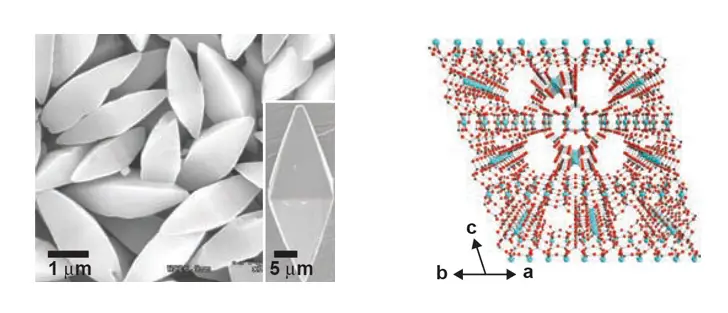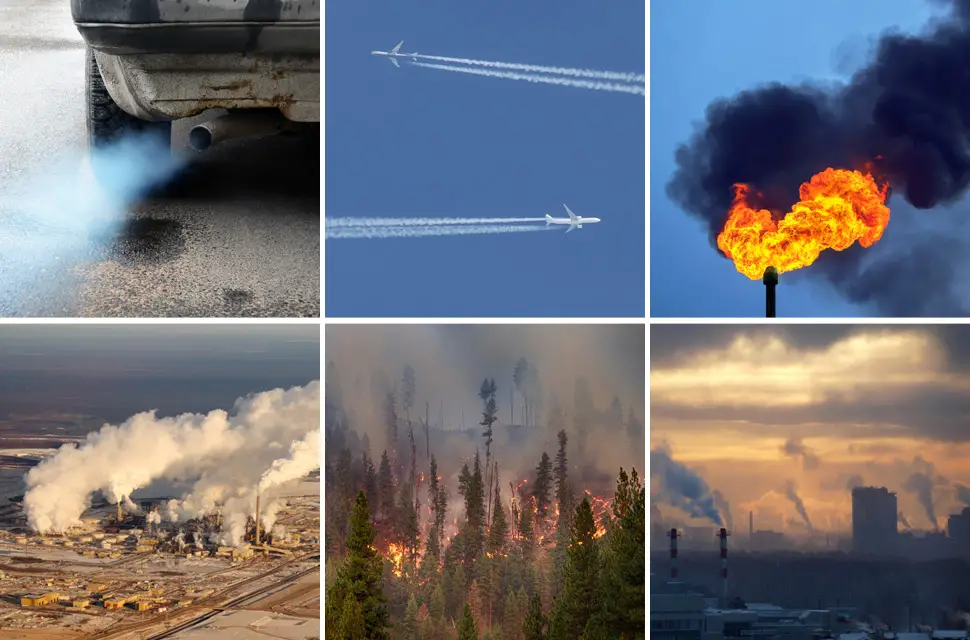
18th October 2015 New crystal captures carbon from humid gas A new material with micropores might be a way to fight climate change. Scientists have created crystals that capture carbon dioxide much more efficiently than previously known materials, even in the presence of water.
One way to mitigate climate change could be to capture carbon dioxide (CO2) from the air. So far this has been difficult, since the presence of water prevents the adsorption of CO2. Complete dehydration is a costly process. Scientists have now created a stable and recyclable material, where the micropores within the crystal have different adsorption sites for carbon dioxide and water. “As far as I know, this is the first material that captures CO2 in an efficient way in the presence of humidity,” says Osamu Terasaki, Professor at the Department of Materials and Environmental Chemistry at Stockholm University. “In other cases, there is competition between water and carbon dioxide and water usually wins. This material adsorbs both, but the CO2 uptake is enormous.” The new material is called SGU-29, named after Sogang University in Korea, and is the result of international cooperation. It is a copper silicate crystal that forms two nanotube regions – one hydrophobic and one hydrophilic – repelling water while trapping carbon dioxide. The material could be used for capturing carbon directly from the atmosphere, and especially to clean emissions from power plants or other sources. “CO2 is always produced with moisture, and now we can capture CO2 from humid gases. Combined with other systems that are being developed, the waste carbon can be used for new valuable compounds. People are working very hard and I think we will be able to do this within five years. The most difficult part is to capture carbon dioxide, and we have a solution for that now,” concludes Terasaki. Major advances in carbon capture and storage will be needed if the world is to avoid 2°C or higher of global warming. Current emission plans by the world's nations ahead of the UN climate change conference in Paris next month fall well short of what is truly needed. Materials such as that demonstrated by Terasaki could pave the way towards a new generation of cheaper, more efficient and widespread carbon sequestration in the coming years and decades. His team's research is published this week in the journal Science.
Comments »
|








